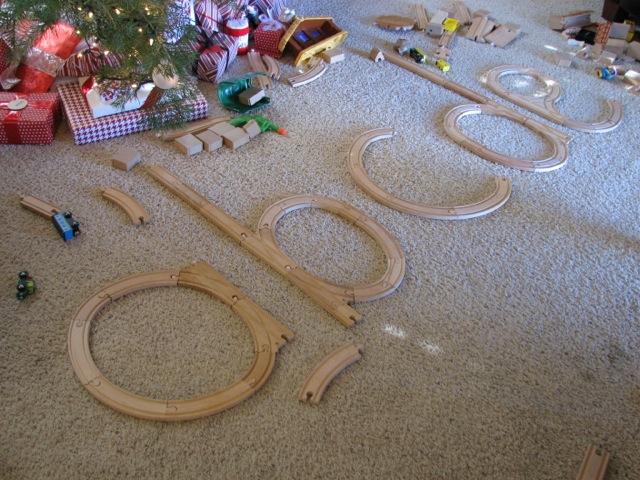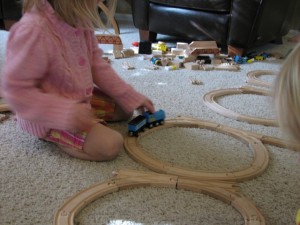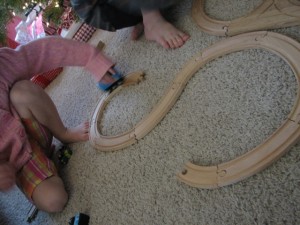A number of years ago I decided to actively invest in specific friends.
While I had friends in my life and activities that kept me busy, I desired deeper relationships than what I had at the time. My life did not lack for contact with people, but I wanted to go beyond surface-level conversations.
So I picked five women to invest in.
Looking back, choosing five was a little ambitious; maybe I wanted to hedge my bets in case some of them didn’t work out.
I didn’t even know what I thought I meant by “investing” in a friendship. I just knew that if I wanted deeper relationships, it wouldn’t do any good to sit around complaining that I didn’t have any true friends.
So, I prayed for those five women. I invited them and their children to my under-renovation home. I made meals for their families. I texted them and emailed them to see how they were doing. I didn’t wait for them to “take their turn” to have me over or check in on me; I kept pouring into them – while, of course, watching for cues that they just wanted me to leave them alone.
It was one of the best things I’ve ever done.
Almost all of those relationships deepened, and several of those five women are still a major part of my life today. Taking the focus off myself, off my yearning for deeper relationships, and focusing on what I could give others was life-changing.
It can be awkward to tell someone, “I’ve decided to really invest in your life!” I didn’t tell all of the five that, but the ones that I did were some of the relationships that developed the most.
Two of those friends went through some major crises in their lives that year, and because they knew I was praying for them and rooting for them and truly caring about them, they were more open about some of their struggles than otherwise they would have been.
Not all of them ended up being deep, long-lasting relationships, and there were different lessons to learn from that. The investment was not wasted just because I didn’t end up having all five become bosom buddies.
Since that time, I’ve developed new and deepened other existing friendships without having to make an official resolution to invest in them.
I’m thankful for those friendships both old and new, and I’ll never forget the lessons that God taught me that year. I’d do it again in a heartbeat!
Photo by Blake Wisz on Unsplash


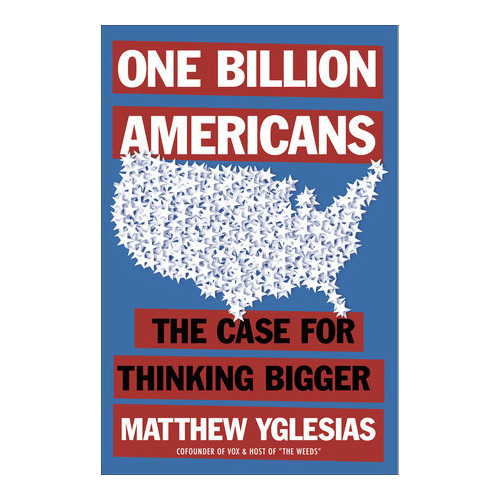
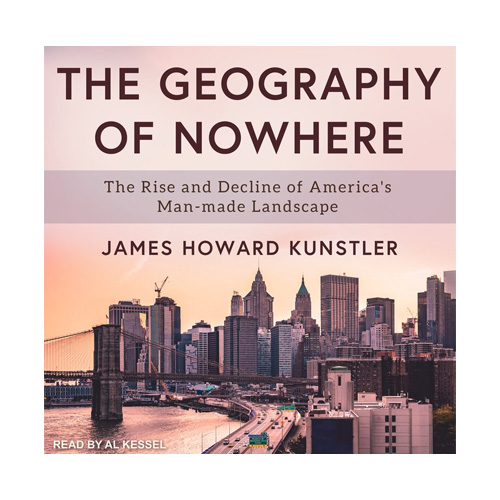
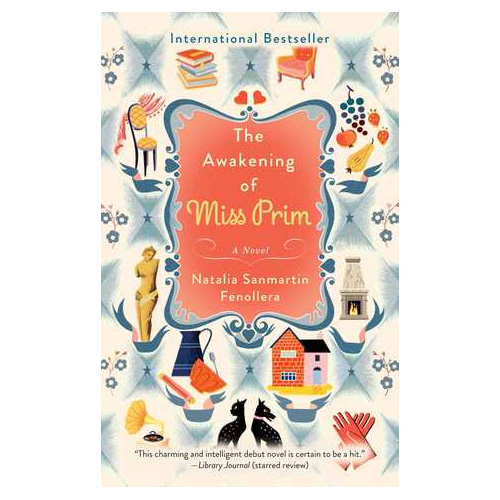




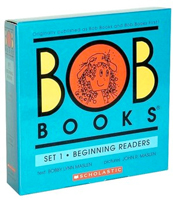
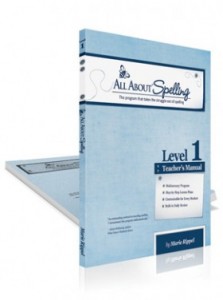
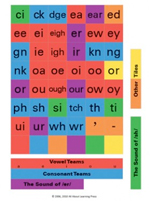 All About Spelling does a pretty good job of equally incorporating auditory, visual, and kinesthetic learning. I love that it’s not tied into one method; some days, we only use the auditory exercises, other days, it’s only the visual or kinesthetic. And some days, we use all three.
All About Spelling does a pretty good job of equally incorporating auditory, visual, and kinesthetic learning. I love that it’s not tied into one method; some days, we only use the auditory exercises, other days, it’s only the visual or kinesthetic. And some days, we use all three.